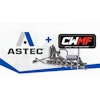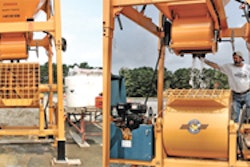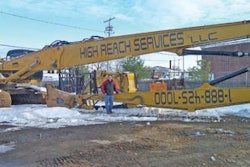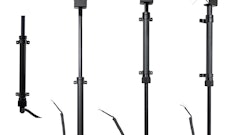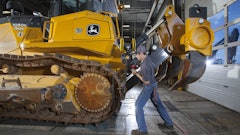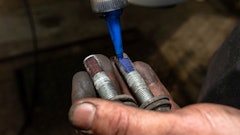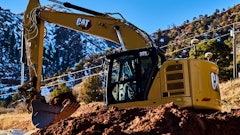The tragedy wreaked on the Twin Cities August 1st when the I-35W Bridge collapsed should serve as a wake-up call to local, state and federal officials responsible for the safety of the traveling public.
The heavily traveled eight-lane bridge was not an old structure as bridges go. It was constructed in 1967. But it was classified as being structurally deficient.
According to the American Road and Transportation Builders Association, structurally deficient "means that significant load-carrying elements of the bridge are found to be in poor or worse condition due to deterioration and/or damage, or the adequacy of the waterway opening provided by the bridge is determined to be extremely insufficient to the point of causing intolerable traffic interruptions. A deficient bridge, when left open to traffic, typically requires significant maintenance and repair to remain and service."
Of the 594,709 bridges in the United States, 152,945 (that's 26 percent) are structurally deficient or functionally obsolete, according to a 2006 Federal Highway Administration (FHWA) data.
The designed service life of bridges when built is 50 years. The average age of bridges in the United States is 52 years. That means there are a lot of bridges that are 60, 70, 80, 90 and even 100 years old. That doesn't mean bridges are going to start falling all over this country, but it does make you wonder what's being done to keep those 152,945 bridges structurally safe as more cars and heavy trucks continue to deliver a daily pounding on the aging structures.
There's been a lot of discussion about the crumbling infrastructure of this country - water and sewer, electrical, roads and bridges - and all have the potential of threatening the economic vitality and daily lifestyle we enjoy. But when you talk about road and bridge deficiencies, it goes beyond economic health and the convenience to travel freely from one point to another. Deficiencies in our roads and bridges can cause serious injury and death.
Our aging infrastructure has once again been thrust into the national limelight as the result of a catastrophic event. Washington will once again promise investigations and committees, and our politicians won't pass up the opportunity for some camera time to let us know that they'll get to the bottom of this and action will be taken.
Hopefully, the tragic loss of life in Minneapolis will actually motivate our elected officials to provide the needed funding to fix the road and bridge deficiencies that have been identified by FHWA. And when reauthorization of the highway bill comes up in 2009, increased funding will be approved to make sure our roads and bridges are safe. When the current bill was passed, our elected officials approved $24 billion worth of pork projects in the process. The federal government has approved $250 million to replace the I-35W Bridge in Minneapolis. Just think about how many other bridges could be replaced or repaired with the money being squandered on pork projects.
It's time for our elected officials to just do what's right.


